Tripura Board Class 11 Syllabus for Physics
Tripura Board of Higher Secondary Education Class XI Syllabus for Physics with course structure are given below.
Unit I: Physical World and Measurement (Periods 10)
Physics- scope and excitement; nature of physical laws; Physics; Technology and society.
Need for measurement: Units of measurement: systems of units; SI units, Fundamental and derived units, Length, mass and time measurements ; Accuracy and precision of measuring instruments; errors in measurement; Significant figures.
Dimensions of physical quantities, dimensional analysis and its Applications.
Unit II: Kinematics (Periods 30)
Frame of reference(Inertial and non-inertial frames). Motion in a straight
Line: Position-time graph; speed and velocity.
Elementary concepts of differentiation and integration for describing Motion.
Uniform and non-uniform motion, average speed and instantaneous Velocity.
Uniformly accelerated motion, velocity-time, position-time graphs Relations for uniformly accelerated motion (graphical treatment)
Scalar and vector quantities : Position and displacement vectors, general vectors and notation, equality of vectors, multiplication of vectors by a real number: addition and subtraction of vectors, Relative velocity.
Unit vector; Resolution of a vector in a plane – rectangular components. Scalar and Vector product of vectors. Motion in a plane. Cases of uniform Velocity and uniform acceleration-projectile motion. Uniform circular motion.
Unit III : Laws of Motion (Periods 16)
Intuitive concept of force. Inertia, Newton’s first law of motion; momentum and Newton’s second law of motion; impulse; Newton’s third law of motion. Law of conservation of linear momentum and its applications.
Equilibrium of concurrent forces. Static and kinetic, laws of friction, rolling friction.
Dynamics of uniform circular motion: Centripetal force, examples of Circular motion (vehicle on level circular road, vehicle on banked road).
Unit IV : Work, Energy and Power (Periods 16)
Work done by a constant force and a variable force; kinetic energy, Work-energy theorem, power.
Notion of potential energy, potential energy of a spring, conservative forces; conservation of mechanical energy (kinetic and potential energies) ; non-conservative forces; motion in a vertical circle; elastic and inelastic collisions in one and two dimensions.
Unit V: Motion of System of Particles and Rigid Body (Periods 18)
Centre of mass of a two-particle system, momentum conservation and Centre of mass motion. Centre of mass of a rigid body; centre of mass of Uniform rod.
Moment of a force, torque; angular momentum, conservation of angular Momentum with some examples.
Equilibrium of rigid bodies, rigid body rotation and equations of rotational Motion, comparison of linear and rotational motions; moment of inertia, Radius of gyration.
Values of moments of inertia for simple geometrical objects (no derivation). Statement of parallel and perpendicular axes theorems and their applications.
Unit VI: Gravitation (Periods 14)
Keplar’s laws of planetary motion. The universal law of gravitation. Acceleration due to gravity and its variation with altitude, depth and rotation of earth.
Gravitational potential energy; gravitational potential. Escape velocity. Orbital velocity of a satellite. Geo-stationary satellites.
Unit VII: Properties of Bulk Matter (Periods 28)
Elastic behavior, Stress-strain relationship, Hooke’s law, Young modulus, bulk Modules, shear, modulus of rigidity, poison’s ratio; elastic energy.
Pressure due to a fluid column; Pascal’s law and its applications (hydraulic lift and hydraulic brakes). Effect of gravity on fluid pressure.
Viscosity, Stokes; law, terminal velocity, Reynold’s number, streamline and Turbulent flow. Critical velocity. Bernoulil’s theorem and its applications. Surface energy and surface and surface tension, angle of contact excess of Pressure application of surface tension ideas to drops, bubbles and capillary rise.
Heat, temperature, thermal expansion; thermal expansion of solids, liquids and Gases, ideal gas laws, isothermal and adiabatic process; anomalous expansion and its effect, specific heat capacity; Cp, Cv-calorimetry; change of state- specific latent heat capacity.
Heat transfer-conduction, convection and radiation, Blackbody radiation Kirchoff’s Law, absorptive and emissive powers and green house effect thermal Conductivity, Newton’s Law of cooling, Weins’s displacement Law, Stefan’s law
Unit VIII: Thermodynamics (Periods 12)
Thermal equilibrium and definition of temperature (zeroth law of Thermodynamics). Heat, work and internal energy. First law of Thermodynamics.
Second law of thermodynamics; reversible and irreversible processes. Heat engines and refrigerators.
Unit IX: Behaviour of Perfect Gas and Kinetic Theory if gases (Periods 8)
Equation of state of a perfect gas, work done in compressing gas.
Kinetic theory of gases-assumptions, concept of pressure, kinetic energy and temperature; rms speed of gas molecules; degress of freedom, law of equipartition of energy (statement only) and application to specific heats of gases; concept of mean free path, Avogadro’s number.
Unit X: Oscillations and Waves (Periods 28)
Periodic motion-period, frequency, displacement as a function of time. Periodic functions.
Simple harmonic motion(S.H.M) and its equation; phase; oscillations of a Spring-restoring force and force constant; energy in S.H.M-kinetic and potential energies; simple pendulum-derivation of expression for its time period; free, forced and damped oscillations(qualitative ideas only). resonance.
Wave motion. Longitudinal and transverse waves, speed of wave motion. Displacement relation for a progressive wave. Principle of superposition of Waves, reflection of waves, standing waves in strings and organ pipes, Fundamental mode and harmonics, Beats, Doppler effect.
SECTION A
Experiments
(Any 6 experiments out of the following to be performed by the students)
1. To measure diameter of a small spherical/cylindrical body using Vernier Callipers.
2. To measure internal diameter and depth of a given beaker/calorimeter using Vernier Callipers and hence find its volume.
3. To measure diameter of a given wire using screw gauge.
4. To measure thickness of a given sheet using screw gauge.
5. To measure volume of an irregular lamina using screw gauge.
6. To determine radius of curvature of a given spherical surface by a Spherometer.
7. To find the weight of a given body using parallelogram law of vectors.
8. Using a simple pendulum, plot L-T and L-T2 graphs. Hence find the effective Length of second’s pendulum using appropriate graph.
9. To study the relationship between force of limiting friction and normal reaction and to find co-efficient of friction between a block and a horizontal surface.
10. To find the downward force, along an inclined plane, acting on a roller due to gravitational pull of the earth and study its relationship with the angle of inclination by plotting graph between force and sinᶿ.
Activities (any three activities to be performed by the students)
1. To make a paper scale of given least count, e.g. 0.2cm, 0.5cm.
2. To determine mass of a given body using a metre scale by principle of Moments.
3. To plot a graph for a given set of data, with proper choice of scales and error bars.
4. To measure the force of limiting friction for rolling of a roller on a horizontal plane.
5. To study the variation in range of a jet of water with angle of projection.
6. To study the conservation of energy of a ball rolling down on inclined plane( using a double inclined plane).
7. To study dissipation of energy of a simple pendulum by plotting a graph between square of amplitude and time.
SECTION B
Experiments
(Any 6 experiments out of the following to be performed by the students)
1. To determine Young’s modulus of elasticity of the material of a given wire.
2. To find the force constant of a helical spring by plotting graph between Load and extension.
3. To study the variation in volume with pressure for a sample of air at constant temperature by plotting graphs between P and V and between P and I/V.
4. To determine the surface tension of water by capillary rise method.
5. To determine the coefficient of viscosity of a given viscous liquid by measuring terminal velocity of a given spherical body.
6. To study the relationship between the temperature of a hot body and time by plotting a cooling curve.
7. To determine specific heat capacity of a given (i) solid and (ii) liquid by method of mixtures.
8. (i) To study the relation between frequency and length of a given wire under constant tension using sonometer.
(ii) To study the relation between the length of a given wire and tension for constant frequency using sonometer.
9. To find the speed of sound in air at room temperature using a resonance tube by two- resonance positions.
Activities (any three activities to be performed by the students)
1. To observe change of state and plot a cooling curve for molten wax.
2. To observe and explain the effect of heating on a bi-metalic strip.
3. To note the change in level of liquid in a container on heating and interpret the observations.
4. To study the effect of detergent on surface tension by observing capillary rise.
5. To study the factors effecting the rate of loss of heat of a liquid.
6. To study the effect of load on depression of a suitably clamped metre scale loaded. (i) at its end (ii) in the middle.
You can also check here:



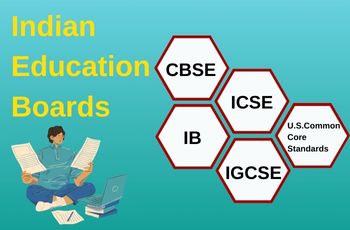
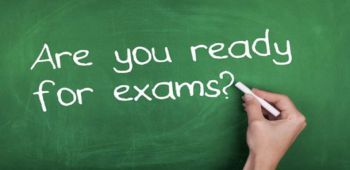
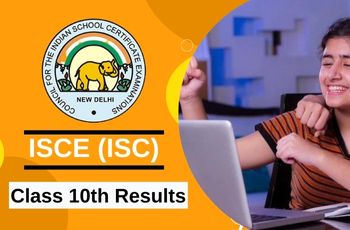
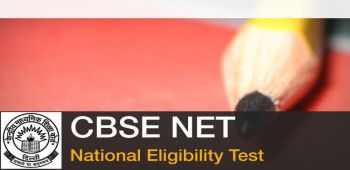
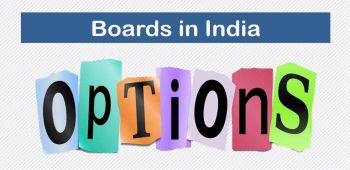










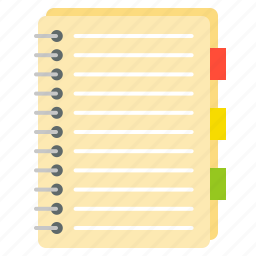
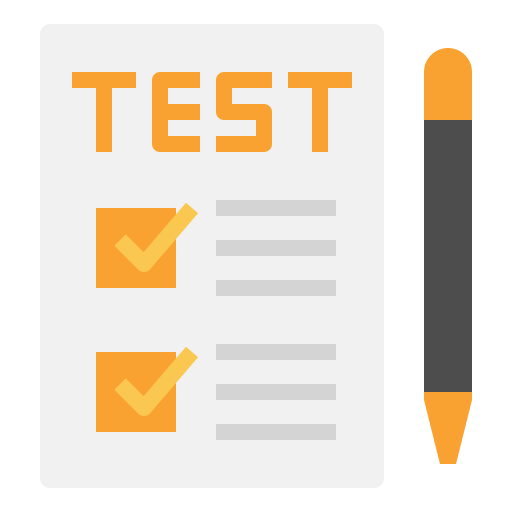
Comments